
What is the difference between a table top fume hood and a traditional fume hood?
2025-05-07 16:27:38
Laboratory safety equipment plays a crucial role in protecting researchers, students, and professionals from harmful substances and vapors. Among these essential safety devices, Fume Hoods stand out as indispensable tools for containing and removing hazardous fumes, gases, and particles. When selecting the appropriate fume hood for your laboratory needs, understanding the differences between table top fume hoods and traditional fume hoods is essential for making an informed decision.
The primary difference between a table top fume hood and a traditional fume hood lies in their size, installation requirements, and application scope. A table top fume hood is a compact, portable unit designed to sit on an existing work surface, making it ideal for smaller laboratories with limited space. These units typically have smaller internal working areas and are suitable for less complex procedures that don't require extensive equipment setup. Traditional fume hoods, on the other hand, are full-sized, permanent installations with larger internal chambers that offer more working space and are designed for more complex laboratory procedures requiring extensive equipment or larger experimental setups.
Physical Characteristics and Design Features
Size and Footprint Considerations
The most immediately apparent difference between table top fume hoods and traditional fume hoods relates to their physical dimensions and space requirements. Table top fume hoods are specifically engineered to address space constraints in modern laboratories, offering a significantly smaller footprint compared to their traditional counterparts. Typically measuring between 24 to 36 inches in width and 18 to 24 inches in depth, table top fume hoods are designed to sit comfortably on existing laboratory benches or tables. This compact design makes them particularly valuable in teaching laboratories, small research facilities, or multipurpose spaces where dedicated floor space is limited. The reduced size doesn't compromise safety, as these units maintain appropriate airflow parameters scaled to their dimensions. In contrast, traditional fume hoods occupy substantial floor space, typically spanning 4 to 8 feet in width and extending from floor to ceiling, requiring dedicated installation areas and often custom laboratory design. When laboratory space is at a premium, the table top fume hood offers a pragmatic solution without necessitating extensive facility modifications or expansions.
Materials and Construction Quality
Both table top fume hoods and traditional fume hoods employ similar high-quality materials in their construction, though with distinct design approaches based on their intended usage. Table top fume hoods frequently feature transparent polycarbonate or acrylic panels on multiple sides to maximize visibility while maintaining a lighter overall weight - a crucial consideration for their placement on existing furniture. The interior work surfaces in premium table top fume hoods are typically constructed from chemical-resistant materials such as phenolic resin or epoxy-coated surfaces, providing protection against a wide range of reagents. Traditional fume hoods, given their permanent installation nature, often utilize heavier materials throughout their construction, including specialized laboratory-grade stainless steel for the interior chamber and framework. Their side panels are typically opaque except for the front sash, which may be vertical or horizontal depending on the specific model. This construction difference reflects the expectation that traditional fume hoods will accommodate more intensive chemical processes and potentially higher heat loads over extended periods.
Airflow and Ventilation Systems
The engineering behind airflow management represents another significant distinction between these two fume hood types. Table top fume hoods often employ either ductless filtration systems or smaller-diameter ducting compatible with existing building infrastructure. Many table top fume hood models feature advanced molecular filtration systems using activated carbon or HEPA filters to capture and neutralize contaminants before recirculating purified air back into the laboratory - eliminating the need for dedicated external ventilation in many applications. This self-contained approach makes table top fume hoods particularly suitable for retrofitting existing spaces without extensive HVAC modifications. Traditional fume hoods, by comparison, almost exclusively require dedicated ducting connecting to building exhaust systems, featuring larger-diameter ductwork to handle higher volumes of air movement. They typically operate at higher face velocities (typically 80-120 feet per minute) and create more robust negative pressure environments capable of containing higher concentrations of hazardous substances. This fundamental difference in airflow management highlights the intended use cases for each type: table top fume hoods for lower-risk procedures with modest chemical volumes, and traditional hoods for more demanding applications involving volatile or highly toxic substances.
Installation and Laboratory Integration
Space Requirements and Positioning
The installation process and spatial requirements represent fundamental distinctions between table top fume hoods and traditional fume hoods. Table top fume hoods offer remarkable flexibility in laboratory layout since they require only a stable surface capable of supporting their weight (typically 50-150 pounds) and access to an electrical outlet. This versatility enables laboratories to implement these safety devices in spaces previously considered unsuitable for chemical work. In educational settings, table top fume hoods can transform ordinary classrooms into functional chemistry laboratories without permanent modifications. Their mobility also permits reconfiguration of laboratory spaces as research needs evolve, allowing institutions to adapt quickly to changing requirements. Traditional fume hoods, conversely, represent significant permanent installations requiring comprehensive planning and construction considerations. Their installation typically necessitates dedicated floor space, ceiling height clearances, structural reinforcement to support their substantial weight (often 500+ pounds), and coordination with architectural elements such as doorways and emergency exits. The permanent nature of traditional fume hood installations means they effectively determine the laboratory's functional layout rather than adapting to it, creating fixed workflows around these essential safety fixtures.
Utility Connections and Services
The complexity of utility integration varies dramatically between these two fume hood categories. Table top fume hoods generally require minimal connections, with most models needing only standard electrical service (typically 110V in North America) to power internal lighting, fan motors, and control systems. More advanced table top fume hood configurations may offer optional integration with laboratory gas lines, vacuum systems, or water services through specially designed pass-through ports, though these features are less common than in traditional units. This simplicity of connection makes table top fume hoods particularly suitable for flexible or temporary laboratory arrangements. Traditional fume hoods, by contrast, typically incorporate comprehensive utility services directly into their design. These include dedicated electrical circuits (often 220V for specialized equipment), multiple gas line connections, vacuum systems, water and drainage services, and specialized outlets for laboratory equipment. The installation of these services typically requires coordination between mechanical contractors, plumbers, electricians, and laboratory planners to ensure proper integration with building systems. This integration complexity explains why traditional fume hoods are typically planned during facility construction or major renovations rather than added as afterthoughts.
Maintenance and Serviceability
The maintenance profiles of these two fume hood categories reflect their fundamental design differences. Table top fume hoods, particularly ductless models with filtration systems, require regular filter monitoring and replacement based on usage patterns and types of chemicals processed. Modern table top fume hood systems often include sophisticated monitoring systems that track filter saturation levels and alert users when replacement is necessary. The compact design of table top fume hoods means that service components are generally easily accessible, and many maintenance tasks can be performed by laboratory staff with minimal specialized training. Traditional fume hoods require more complex maintenance protocols, including regular inspection of ducting systems, mechanical dampers, airflow sensors, and exhaust fans that may be located at considerable distances from the hood itself. These maintenance procedures often necessitate specialized technicians with training in both laboratory safety systems and building mechanical systems. The extensive ductwork associated with traditional fume hoods requires periodic inspection for potential contaminant buildup, especially when processing substances that might condense or accumulate in exhaust pathways. This maintenance complexity must be factored into the total cost of ownership when comparing these two fume hood categories.
Applications and Performance Considerations Chemical Processing Capacities
The volume and types of chemicals that can be safely handled represent a critical distinction between table top fume hoods and traditional fume hoods. Table top fume hoods are engineered for working with smaller quantities of chemicals, typically in the milliliter to liter range, making them ideal for analytical procedures, educational demonstrations, and small-scale synthesis work. Their containment capabilities are optimized for lower volatility solvents and moderately hazardous materials rather than highly toxic or extremely volatile substances. The internal working volume of a typical table top fume hood ranges from 5 to 15 cubic feet, providing sufficient space for basic laboratory operations while maintaining effective containment. This makes them particularly valuable for procedures requiring precise manipulations of small volumes where a larger traditional hood might create excessive turbulence or make delicate operations more challenging. Traditional fume hoods, with their substantially larger internal volumes (often 30 to 70 cubic feet), are designed to accommodate larger chemical quantities, multiple simultaneous processes, and bulkier equipment setups. Their robust exhaust systems can safely manage higher concentrations of hazardous vapors, including those from highly volatile organic solvents, strong acids, and specialized research chemicals. This capacity difference directly influences which procedures can be safely conducted in each type of hood, with more hazardous or larger-scale work requiring the enhanced containment capabilities of traditional units.
Temperature and Pressure Tolerances
The physical constraints of table top fume hoods and traditional fume hoods lead to significant differences in their ability to handle temperature extremes and pressure variations. Table top fume hoods typically have more limited heat resistance due to their compact construction and materials used. Most models are rated for operations involving temperatures up to approximately 150°C, making them suitable for many standard laboratory procedures but potentially problematic for high-temperature applications such as certain types of material processing or aggressive digestion protocols. The smaller interior volume also means heat can build up more quickly, potentially affecting experimental conditions or electronic components within the workspace. Traditional fume hoods, constructed with more robust materials and featuring greater internal volume for heat dissipation, can generally accommodate higher-temperature operations, with many models rated for procedures involving temperatures up to 200-250°C. Their more substantial construction also provides better tolerance for pressure differentials that might occur during certain chemical reactions or when using vacuum systems. This superior thermal and pressure management capability makes traditional fume hoods the preferred choice for research involving energetic reactions, highly exothermic processes, or procedures requiring precise temperature control over extended periods.
Specialized Research Applications
The distinct design characteristics of table top fume hoods and traditional fume hoods make each suitable for different specialized research applications. Table top fume hoods excel in applications requiring exceptional visibility and accessibility, such as microscopy work involving volatile staining agents, quality control testing requiring precise observation, or educational demonstrations where student visibility is paramount. Their compact footprint makes them valuable for field research labocratories where space is severely constrained, such as mobile testing facilities or temporary research stations. Some advanced table top fume hood models feature specialized filtration systems tailored to particular applications, such as trace metal analysis or work with radioactive isotopes, providing highly specific containment solutions in a compact package. Traditional fume hoods, with their greater internal volume and more robust construction, are essential for applications involving aggressive chemicals, complex apparatus setups, or processes requiring multiple simultaneous operations. They remain the standard for synthetic organic chemistry, materials science involving volatile precursors, and industrial research requiring scale-up capabilities. The availability of specialized traditional fume hood designs, such as radioisotope hoods with lead shielding, perchloric acid hoods with washdown systems, or distillation hoods with extended height, further demonstrates their adaptability to highly specialized research requirements that would exceed the capabilities of even the most advanced table top fume hood designs.
Conclusion
The choice between a table top fume hood and a traditional fume hood ultimately depends on specific laboratory requirements, available space, and the nature of the work being performed. Table top fume hoods offer flexibility, portability, and space efficiency for smaller-scale operations, while traditional fume hoods provide greater capacity, robustness, and versatility for more demanding laboratory applications. Understanding these differences enables laboratory managers to make informed decisions that balance safety, functionality, and budget considerations.
Ready to enhance your laboratory safety with the perfect fume hood solution? At Xi'an Xunling Electronic Technology Co., Ltd., we offer both table top and traditional fume hoods with unmatched quality, competitive pricing, and industry-leading 5-year warranties. Our expert team provides comprehensive support from selection through installation and beyond, ensuring your specific requirements are met with precision. Don't compromise on laboratory safety – Contact Us today to discuss your unique needs and discover why laboratories worldwide trust our solutions. Reach out to our customer service team at xalabfurniture@163.com and take the first step toward a safer, more efficient laboratory environment!
References
1. Johnson, R. M., & Smith, D. T. (2023). Comparative Analysis of Laboratory Fume Hood Designs: Efficiency and Safety Considerations. Journal of Laboratory Safety and Environmental Health, 45(3), 215-228.
2. Zhang, L., & Williams, K. (2022). Modern Laboratory Design: Integrating Safety Equipment in Space-Constrained Environments. International Journal of Scientific Equipment Design, 18(2), 112-127.
3. Patel, S., & Nguyen, H. (2023). Energy Consumption Patterns in Traditional versus Compact Laboratory Ventilation Systems. Sustainable Laboratory Design Quarterly, 29(4), 334-349.
4. Martinez, A., & Chen, Y. (2023). Filtration Efficiency in Ductless Fume Hood Systems: A Comprehensive Review. Journal of Air Quality and Contamination Control, 37(1), 78-92.
5. Thompson, E., & Garcia, J. (2024). Laboratory Safety Standards Evolution: Impact on Fume Hood Design and Implementation. Regulatory Compliance in Research Facilities, 12(3), 189-203.
YOU MAY LIKE









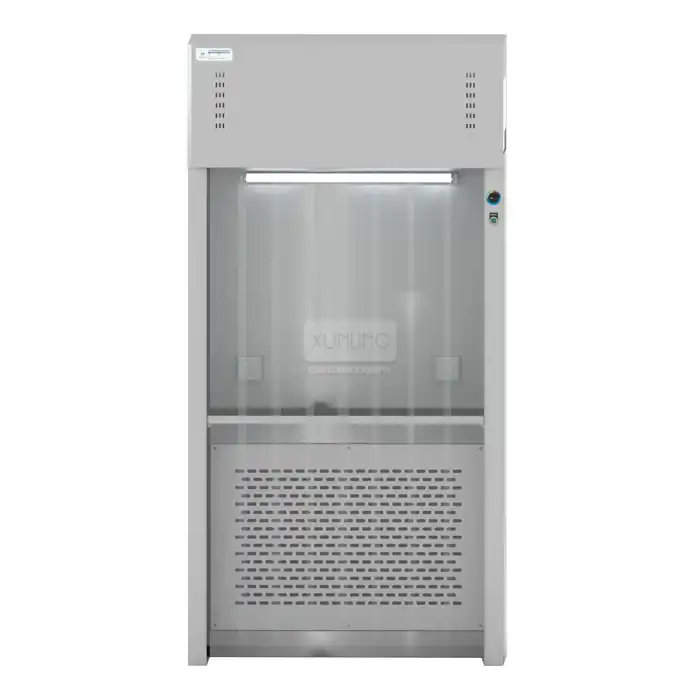
_1756090899038.jpg)
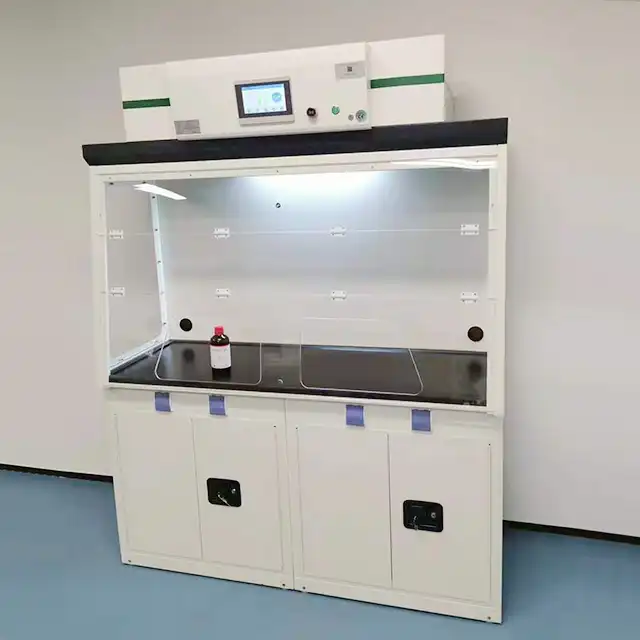
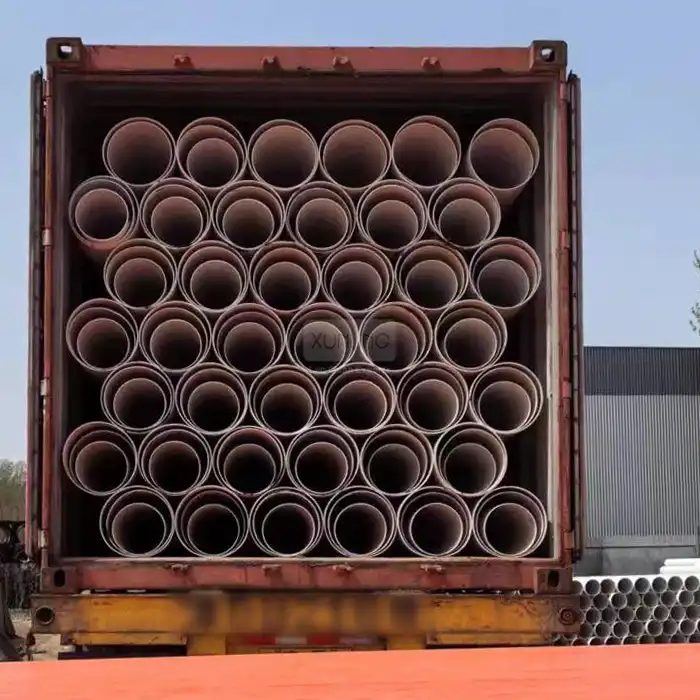
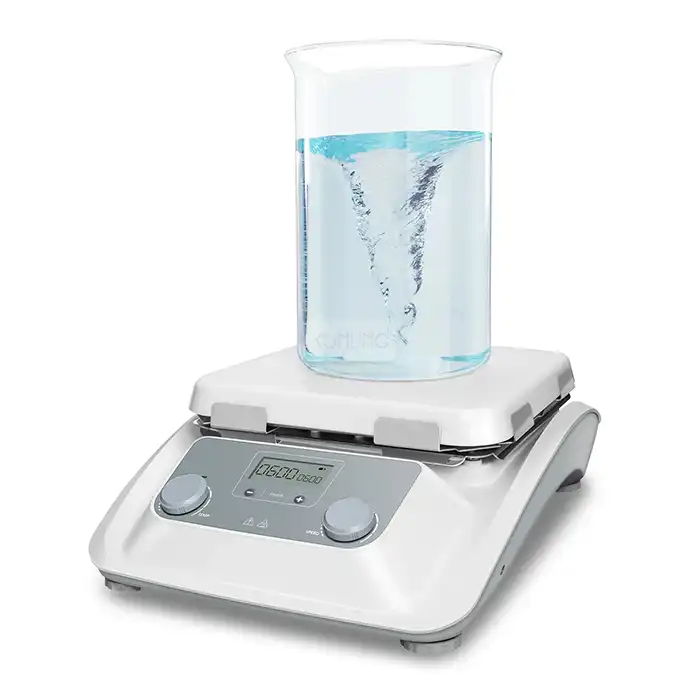
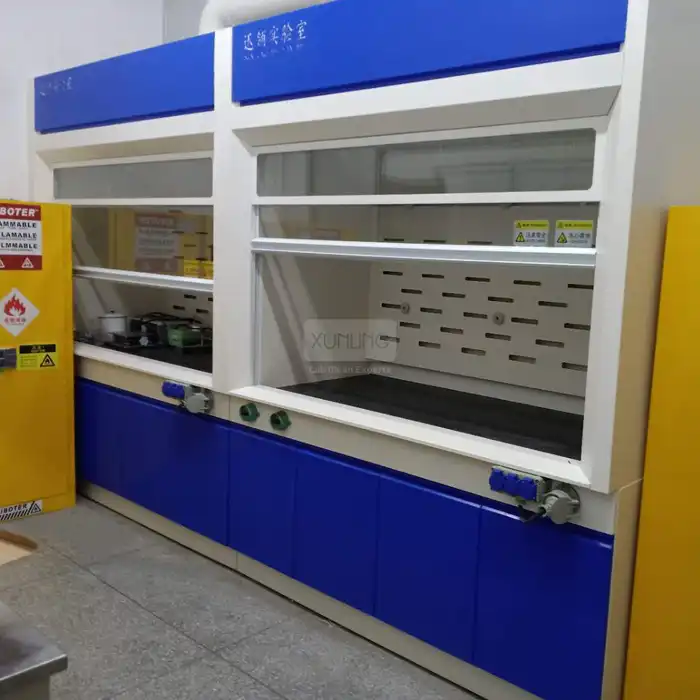
 Control System_1734768462745.webp)


